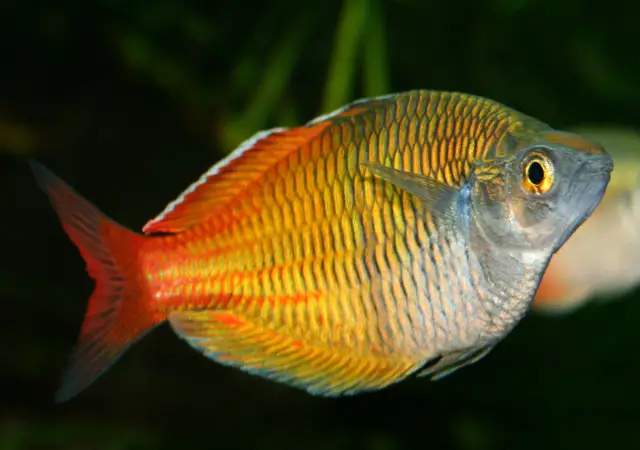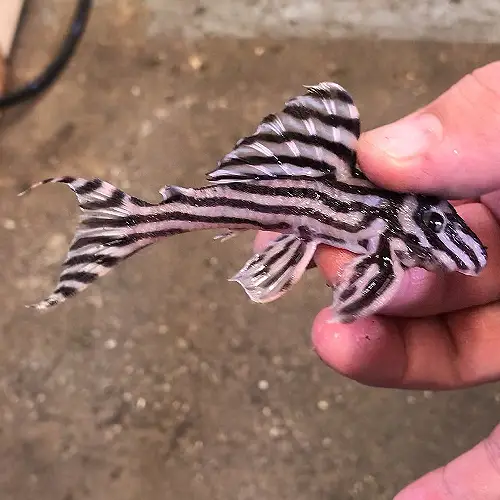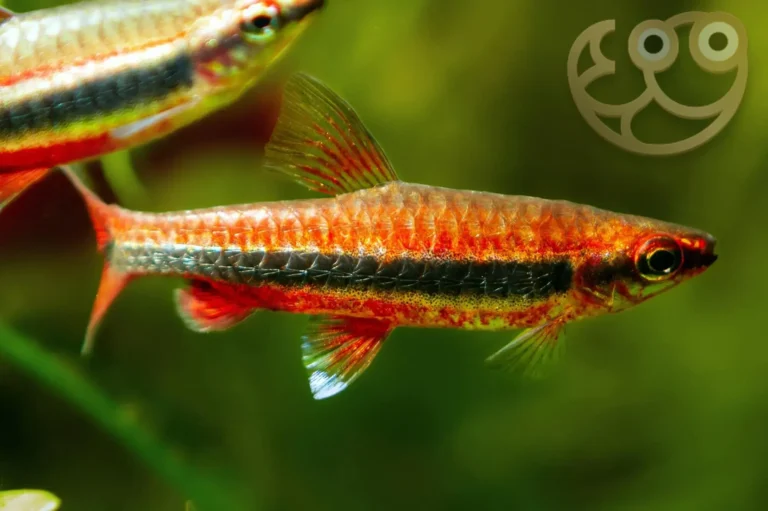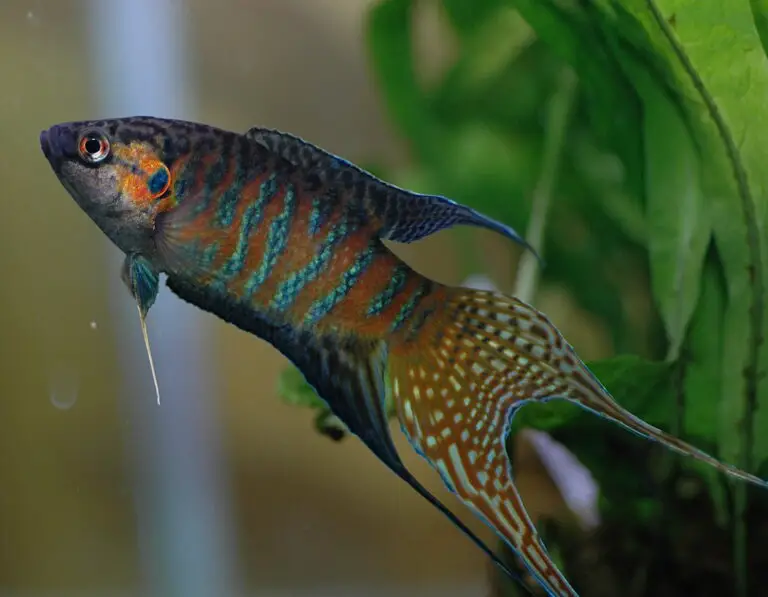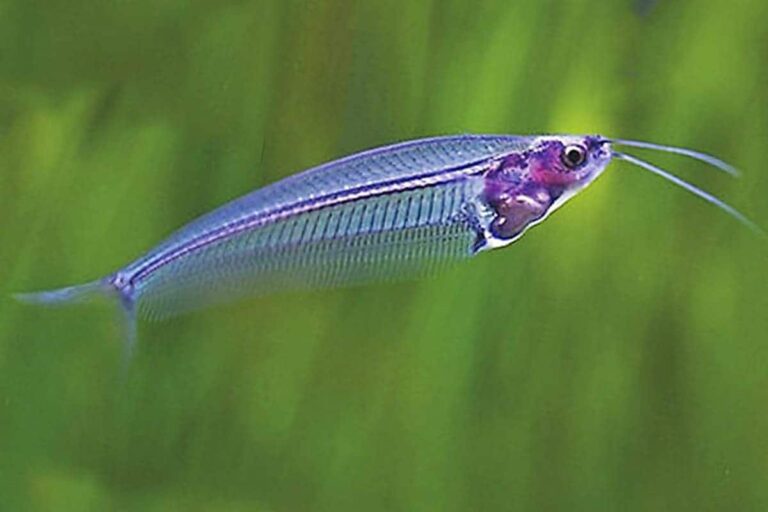Boeseman’s Rainbowfish: A Comprehensive Guide for Aquarium Enthusiasts
Boeseman’s Rainbowfish, renowned for their vibrant, almost luminescent colors, are a favorite among aquarists who wish to introduce a splash of the rainbow into their aquatic tableau. These shimmering beauties are not just a sight to behold but also a fascinating species with unique characteristics. This comprehensive guide aims to unravel the mysteries of the Boeseman’s Rainbowfish for both novice and experienced aquarium enthusiasts looking to enhance their underwater world with these captivating creatures.
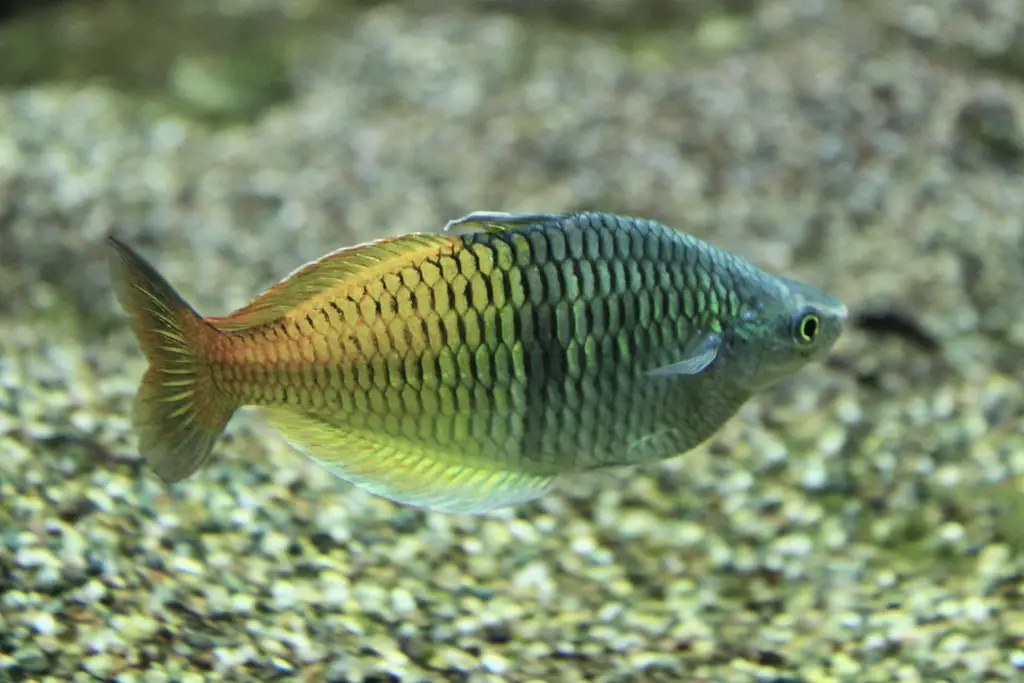
Species Profile
Boeseman’s Rainbowfish (Melanotaenia boesemani) are freshwater fish native to the island of New Guinea, notable for their distinct color patterns and elongated form. Here’s what you need to know about their fundamental characteristics and how they might fit into your existing tank.
Physical Characteristics
The most striking feature of Boeseman’s Rainbowfish is their hues — a brilliant combination of red, blue, and yellow, with males exhibiting the most intense coloring to attract females. They have an arched back with delicate fins, giving them an appearance reminiscent of a sailboat when viewed from the side. Adult Boeseman’s typically reach about five to six inches in length, making them a sizable addition to your community tank.
Habitat and Tank Requirements
In their natural habitat, Boeseman’s Rainbowfish prefer slow-moving, clear waters of lakes and swamps. When replicating this environment in your tank, it’s imperative to maintain a well-filtered setup that mimics their preference for minimal water flow. A tank larger than 20 gallons is recommended for a school of Boeseman’s Rainbowfish, with plenty of open space for them to dart around and a few hiding places for retreat.
Feeding Habits
Boeseman’s Rainbowfish are omnivorous, and in the wild, they feed on small invertebrates, insects, and algae. In captivity, they are not picky eaters and will readily accept high-quality flake food, supplemented with live or frozen food like daphnia, bloodworms, and brine shrimp. A varied diet helps maintain their vibrant coloration and promotes overall health.
Behavior and Compatibility with Other Fish
These rainbow-hued fish are as peaceful as they are colorful, making them excellent community tank dwellers. They are social animals that display hierarchical behavior within their school. It’s recommended to keep Boeseman’s Rainbowfish in groups of at least five to seven to observe their natural social structure and to prevent any single fish from becoming isolated or stressed.
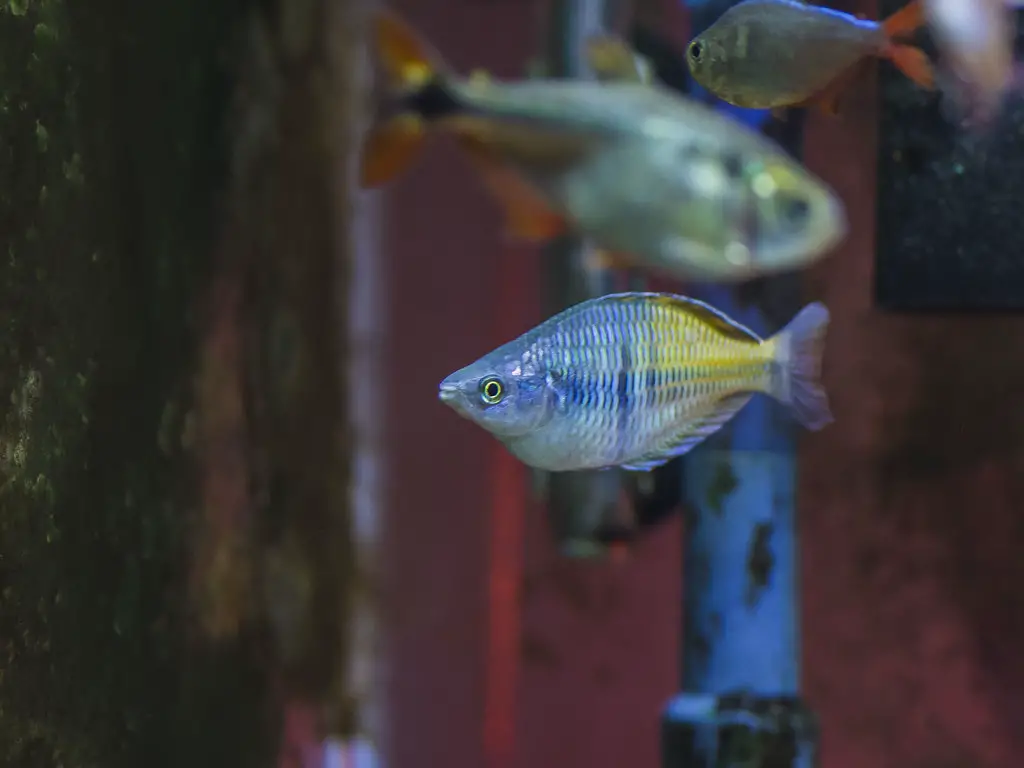
Breeding Information
For aquarists interested in expanding their Boeseman’s Rainbowfish population, understanding their breeding habits is essential. Here’s a look at their reproductive process and how you can encourage successful breeding.
Reproduction Process
Boeseman’s Rainbowfish is a sexually dimorphic species, meaning males and females have distinct physical differences. Males are more colorful and exhibit a greater intensity of color to attract females during courtship displays. When ready to spawn, females will scatter their eggs in the plants, often in the morning. The males will simultaneously release their milt to fertilize the eggs.
Tips for Successful Breeding
To encourage Boeseman’s Rainbowfish to breed, maintain a healthy, stress-free environment and include plenty of live plants in the tank. The fine-leaved varieties work best to protect the spawned eggs. A slight increase in temperature, to around 78-82°F, and subsequent small, frequent water changes can also stimulate breeding behavior. Once the eggs are laid, it’s best to remove the adults to prevent egg predation.
Maintenance and Care
To ensure the well-being of your Boeseman’s Rainbowfish and other inhabitants, proper maintenance and care are vital. Here’s what you need to know about keeping them healthy and happy.
Tank Setup and Water Conditions
A well-aerated tank is crucial for Boeseman’s Rainbowfish due to their preference for well-oxygenated water. It should be set up with soft to moderately hard water with a pH level ranging from 6.5 to 7.5. The ideal temperature should be between 72-82°F. Regular water testing and maintenance— cleaning, water changes, and equipment checks—are necessary to maintain these conditions.
Health Considerations
Boeseman’s Rainbowfish are generally hardy, but they are not invincible. Like all aquarium fish, they are susceptible to disease. Watch for signs of distress such as loss of color, abnormal swimming behavior, or decreased appetite, which might indicate a health issue. Quarantine new fish before adding them to your established tank to prevent the spread of any disease.
Handling Common Issues
Common issues such as ich (white spot disease) can affect these fish. If you notice the telltale white spots, you should immediately take action. Raising the tank temperature to around 82-86°F can help speed up the life cycle of the ich and treatment can be administered as necessary. Always follow the instructions on the treatment carefully and if in doubt, consult with a vet specializing in fish.
Conclusion
In conclusion, Boeseman’s Rainbowfish are a delightful addition to an aquarium. Their vibrant colors, peaceful nature, and compatibility with a variety of tank mates make them an attractive choice for hobbyists. Understanding their unique characteristics and providing the proper care and environment will ensure these fish thrive in your tank, giving you years of enjoyment and a spectacle of color that lights up your aquatic world.
For community aquarists looking to create a diverse and harmonious underwater community, Boeseman’s Rainbowfish is a treasure trove of beauty and behavior that can enrich any aquatic setting. With the information shared in this guide, you’re well-equipped to add these stunning creatures to your aquarium experience and witness the rainbow swimming right before your eyes.
